

Course Description
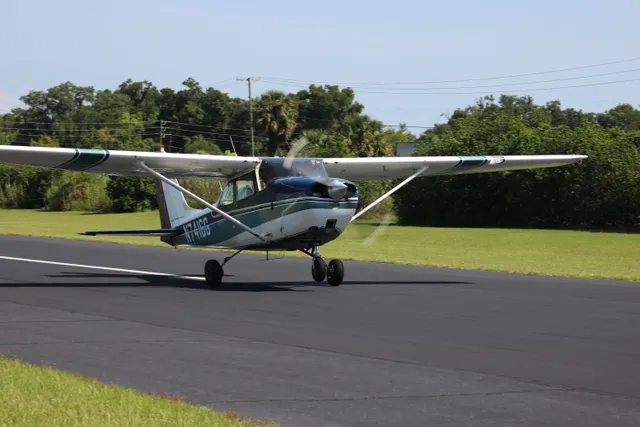
Your Roadmap
Aviation pathways can be very overwhelming, don't worry, we'll be with you every step of the way
Time building
Commercial Pilot Training
Commercial Pilot Checkride
Commercial Pilot Achieved
What Do You Need to Start?
Book Now
Checkride Information
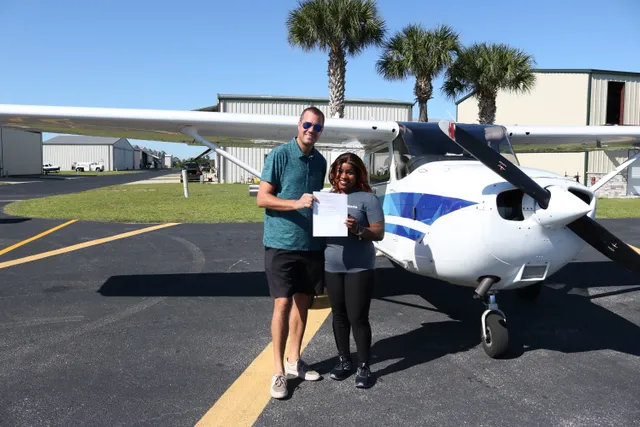
Checkride Prerequisites
There's just a few things for you to check off before we can get your checkride scheduled
Eligibility Requirements
- Are over 18 years of age
- Proficient in the English Language
- Hold at least a private pilot certificate
- Receive the required training and a logbook endorsement from an authorized instructor
- Pass the required knowledge test on the aeronautical knowledge areas
- Meet the aeronautical experience requirements that apply to the aircraft category and class rating sought
- Pass the required practical test
- Comply with the federal aviation regulations that apply to commercial flight
Flight Proficiency
- Preflight preparation
- Preflight procedures
- Airport operations
- Takeoffs, landings, and go-arounds
- Performance maneuvers
- Ground reference maneuvers
- Navigation
- Slow flight and stalls
- Emergency operations
- High-altitude operations
- Post-flight procedures
Aeronautical experience
- 250 hours of flight time
- 100 hours, of which 50 hours must be in airplanes
- 100 hours of pilot-in-command flight time which includes at least 50 hours in cross-country flight
- 20 hours of training
- 10 hours of instrument training using a view-limiting device
- 10 hours of training in a complex airplane, a turbine-powered airplane, or a technically advanced airplane (TAA) or any combination thereof
- One 2-hour cross country flight in daytime conditions that consists of a total straight-line distance of more than 100 nautical miles
- One 2-hour cross country flight in nighttime conditions that consists of a total straight-line distance of more than 100 nautical miles
- 3 hours with an instructor in preparation for the practical test within the preceding 2 calendar months
- 10 hours of solo time or 10 hours of flight performing the duties of pilot in command with an instructor
- One cross-country flight of not less than 300 nautical miles total distance, with landings at a minimum of three points, one of which is a straight-line distance of at least 250 nautical miles
- 5 hours in night VFR conditions with 10 takeoffs and 10 landings at an airport with an operating control tower

Pilot programs
Aircraft rental
Flight instruction
Ground instruction
Included
Cost (USD)
Private pilot
Aircraft rental
40hrs
Flight instruction
25hrs
Ground instruction
10hrs
Included
Pilot kit
Cost (USD)
$13,222.00
Instrument rating
Aircraft rental
20hrs
Flight instruction
15hrs
Ground instruction
10hrs
Included
Foreflight
Cost (USD)
$7,555.00
Commercial SEL
Aircraft rental
25hrs
Flight instruction
25hrs
Ground instruction
10hrs
Included
N/A
Cost (USD)
$9,841.00
Multi-Engine Add-On
Aircraft rental
10hrs
Flight instruction
10hrs
Ground instruction
10hrs
Included
CBT
Cost (USD)
$5,783.00
Rental & service rates
Hourly rental
Block (50+ hrs)
Instruction
Cessna 172S

Hourly rental
$199/hr
Block (50+ hrs)
$184/hr
Instruction
$79/hr
Piper 100i

Hourly rental
$235/hr
Block (50+ hrs)
$209/hr
Instruction
$79/hr
Tecnam P2006t

Hourly rental
$345/hr
Block (50+ hrs)
$320/hr
Instruction
$99/hr
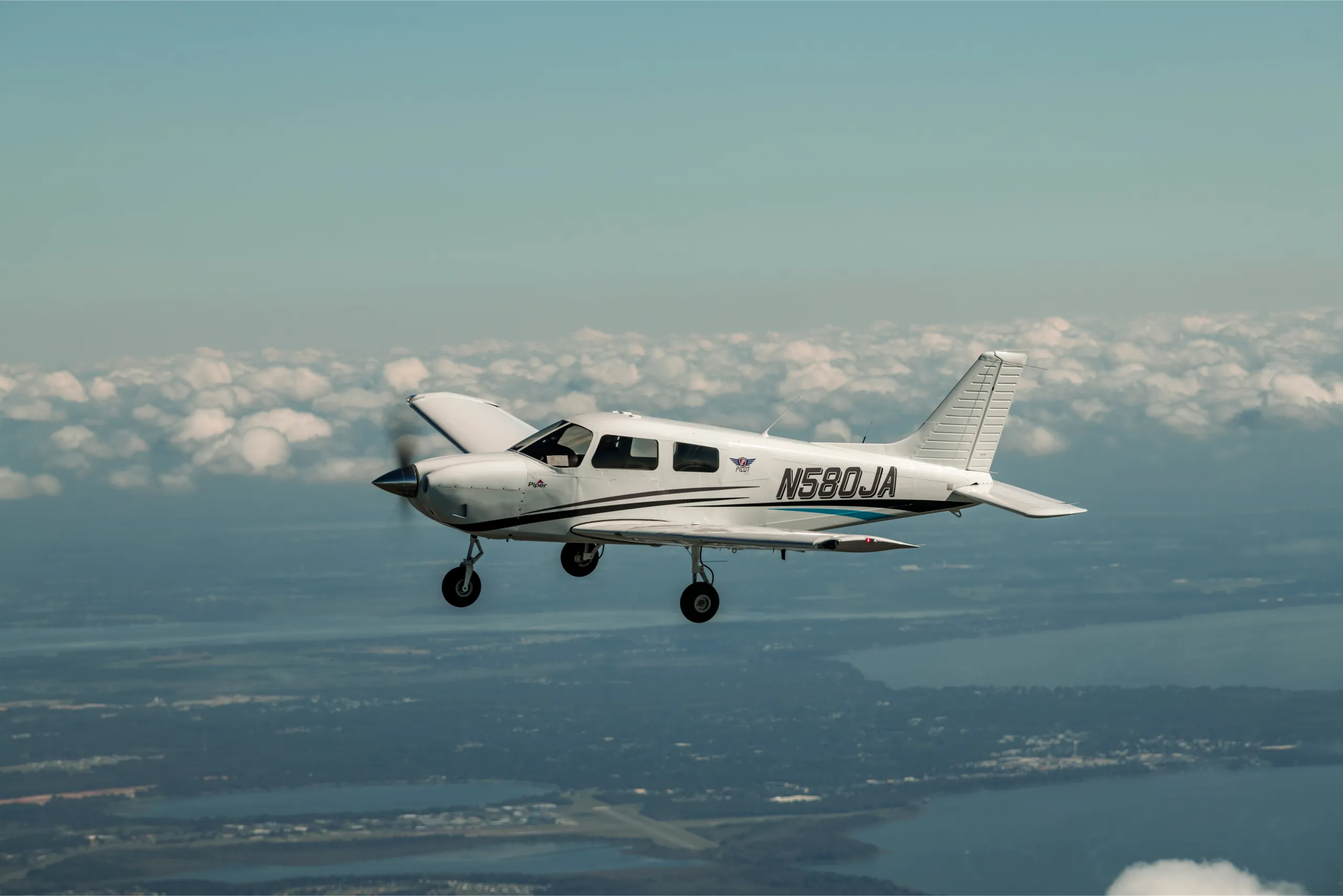
DISCOVERY FLIGHT
KICK START YOUR AVIATION EXPERIENCE
We offer a 1-hour discovery flight to give you the opportunity to experience taking to the air. A certified flight instructor will demonstrate preflight and flying techniques before you climb aboard, will taxi down the runway and before you know it, you are in the air! During the flight, you will have the opportunity to control the plane through the sky and try out several maneuvers before the pilot takes over again for landing. At the subsequent debriefing, guests pen their first logbook entry and review their performance.
Financing Available!
Wondering how to pay?
First Landings offers financing options with the ability to finance 100% of your flight training for reasonable rates. The application process is fairly quick and most applicants have received short response times. Feel free to ask us questions about our partner financing programs.
Apply for financingFrequently asked questions
What is a commercial pilot?
A commercial pilot is a licensed aviator who is authorized to be compensated for their flying services. They can be employed as pilots for various purposes, including airline, cargo, or charter operations. Commercial pilots have more advanced training and experience compared to private or sport pilots.
How to become a commercial pilot?
To become a commercial pilot, you typically need to follow these steps: a. Obtain a private pilot license. b. Build flight experience, often requiring a minimum of 250 flight hours. c. Complete additional training to meet the commercial pilot certification requirements. d. Pass a written knowledge test and a practical flight test. e. Obtain a Class II medical certificate. f. Apply for and receive your commercial pilot certificate.
How long does it take to become a commercial pilot?
The time it takes to become a commercial pilot can vary widely, but it often takes several years. The duration depends on factors like your availability for training, the flight school you choose, and the specific pathway you follow.
How much do commercial pilots make?
Commercial pilot salaries can vary significantly depending on factors such as the type of aircraft flown, the employer, experience, and location. On average, commercial pilots in the United States earn a median annual salary in the range of $60,000 to $80,000 or more.
How many flight hours to become a commercial pilot?
To qualify for a commercial pilot certificate in the United States, you typically need a minimum of 250 total flight hours, including a specified number of hours in various categories of flight (e.g., solo, cross-country, night, etc.).
What is a Part 61 Commercial Pilots Course?
A Part 61 flight training program requires that students obtain a Private Pilot certificate, Instrument rating, and meet the requirements to take a Commercial (usually Single Engine Land) exam – which requires a minimum of 250 hours. Part 61 flight training offers more flexibility, as students can attend part-time as their schedule allows. There is no specific training program, and this unstructured approach allows a highly personalized training program to directly meet the specific student’s needs. At the end of the course, students who are looking to obtain their Airline Transport Pilot (ATP) license will, once they have obtained their SEL COMM certificate, will generally obtain a Multi-Engine Land (MEL) add-on.
What is a Part 141 Commercial Pilots Course?
A Part 141 course can only be offered by FAA approved schools, and also requires that students obtain a Private Pilot certificate, Instrument rating, and meet the requirements to take a Commercial (usually Single Engine Land) exam – which requires a minimum of 190 hours. The courses typically are compressed and are ‘linear’ in their completion requirements – i.e. lesson 3 has to be fully completed prior to starting lesson 4. A Part 141 course is highly structured, and can be the preferred choice for students who want to obtain their SEL COMM certificate in the shortest possible timeframe.
Can I Mix and Match Part 61 and 141 courses?
In order to qualify for a Part 141 SEL COMM, you are required to take the part 141 Instrument rating and SEL COMM courses. Students can take a Part 61 Private Pilot and then switch to a Part 141 Instrument course. Students who take a Part 61 Instrument rating are NOT eligible for a Part 141 COMM certificate.
Why do I want to take a Part 141 Course?
The biggest differentiator between the Part 61 and 141 COMM rating is the reduction in the number of hours – Part 61 requires 250 hours, while Part 141 COMM only needs 190 hours; This directly translates to less time and money.
Are there any differences between a Part 61 and Part 141 Commercial License?
No – both licenses provide students with an FAA COMM license.
Hear from our clients
“These group of pilots and trainers are professional and experienced. They have a diverse training staff. So whether it’s age, gender, or personality you are seeking then First Landings may be the place for you. As an executive of this firm my schedule is packed. The team here works with me all the time to ensure I have consistent flight time flying the aircraft I prefer. I am satisfied i choose them for my flight instruction. Come and try a discovery flight.“
- Mark Anderson“I want to thank everyone on the first landings team for everything that they did for me to get me to my private pilots certification. Everyone was great to work with and be around. The energy they bring is awesome. I want to give a special shout out to Sean. I did most of my training with him. This guy knows his stuff! He has experience, professionalism and most of all patience. Awesome instructor.“
- Ryan Gonzalez“Started my aviation training here and had an amazing experience. I was able to pass my written test and private pilots check-ride on the first attempt for both, due to the amazing training i received. They have very experienced flight instructors there that want to see you strive. The pricing is very reasonable and the aircraft are well maintained. Any issue I found they addressed it right away and get it safely resolved.“
- Bradley Doss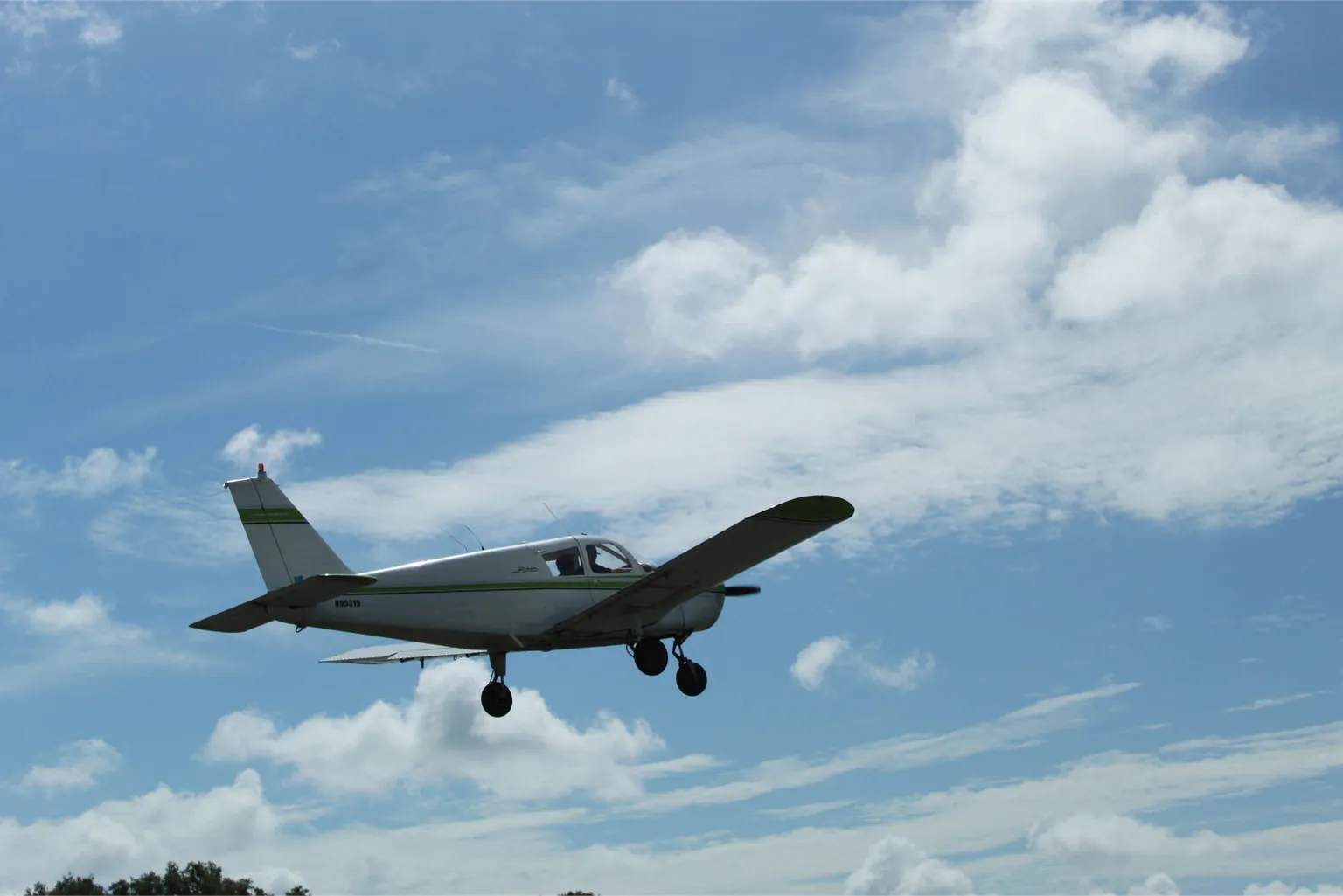
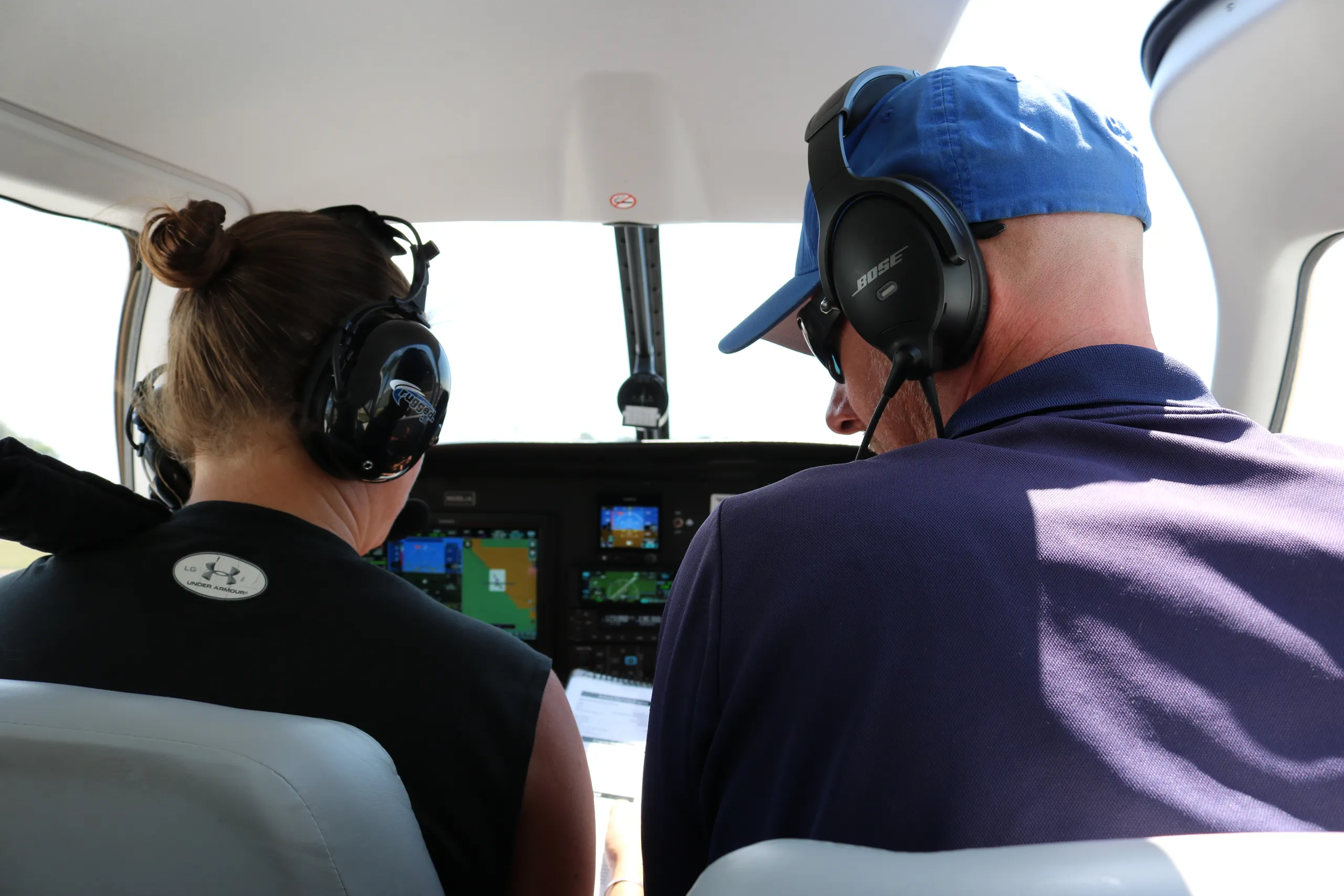
What are you waiting for?
Get in touch to learn more
Contact us
If you have any questions about our school and programs or would like to schedule a tour please give us a call or send us a message. We look forward to helping you realize your dreams of flight.
Contact one of our instructors today
Want to start exploring your flight training or career track in aviation? Reach out to us and one of our Training Advisors will address any inquiries you may have. We're are here to provide you with comprehensive insights and guide you through the exciting possibilities that aviation training and careers have to offer. Your aspirations are important to us, and we're committed to assisting you every step of the way.